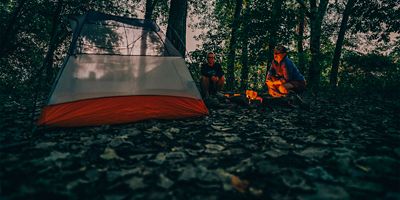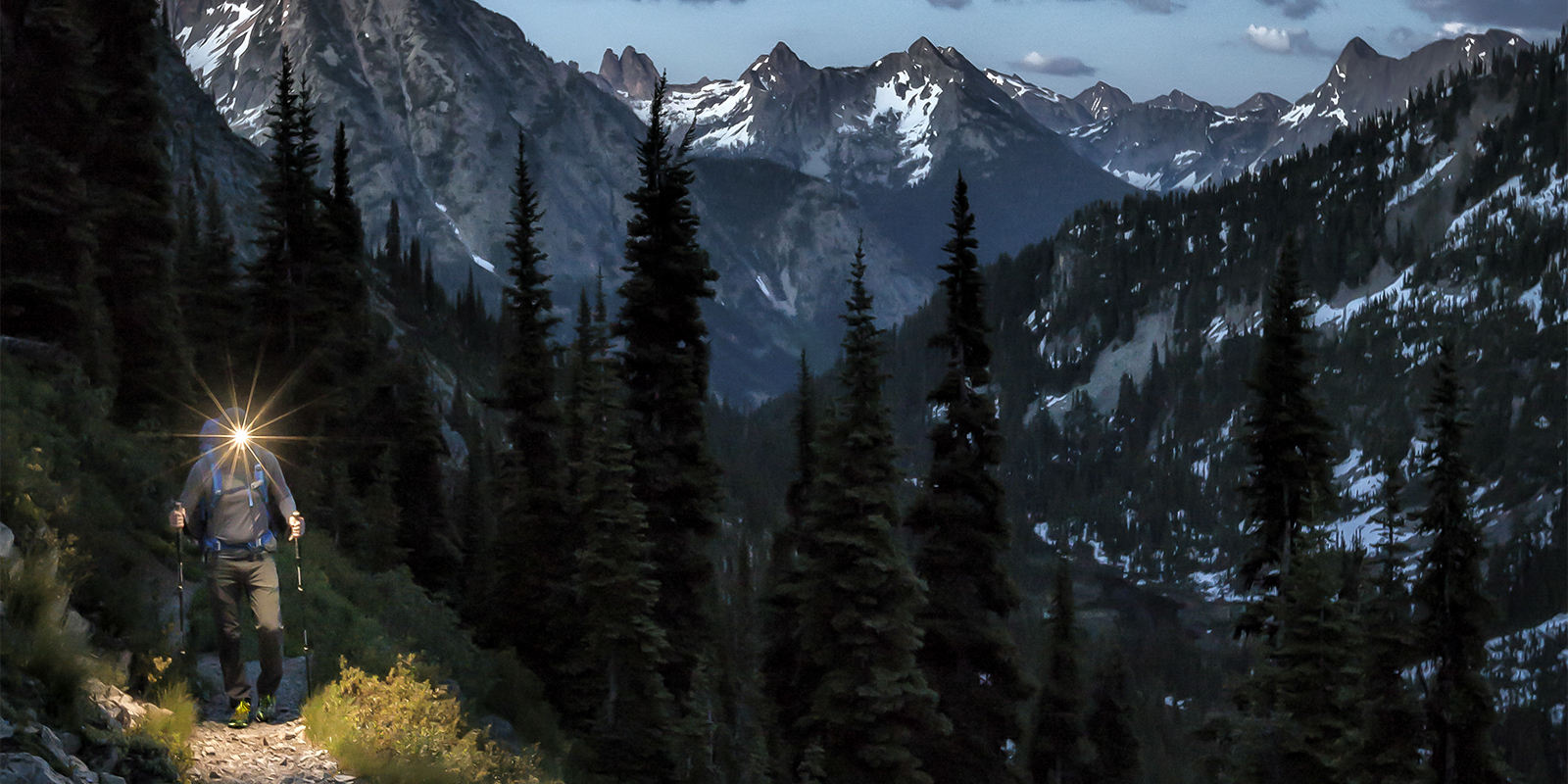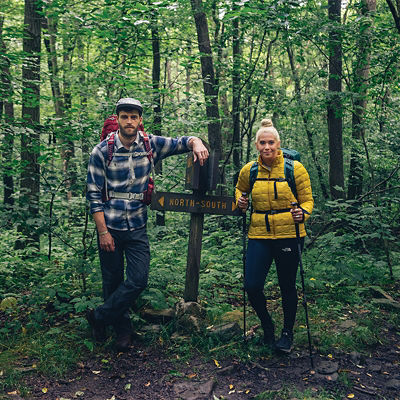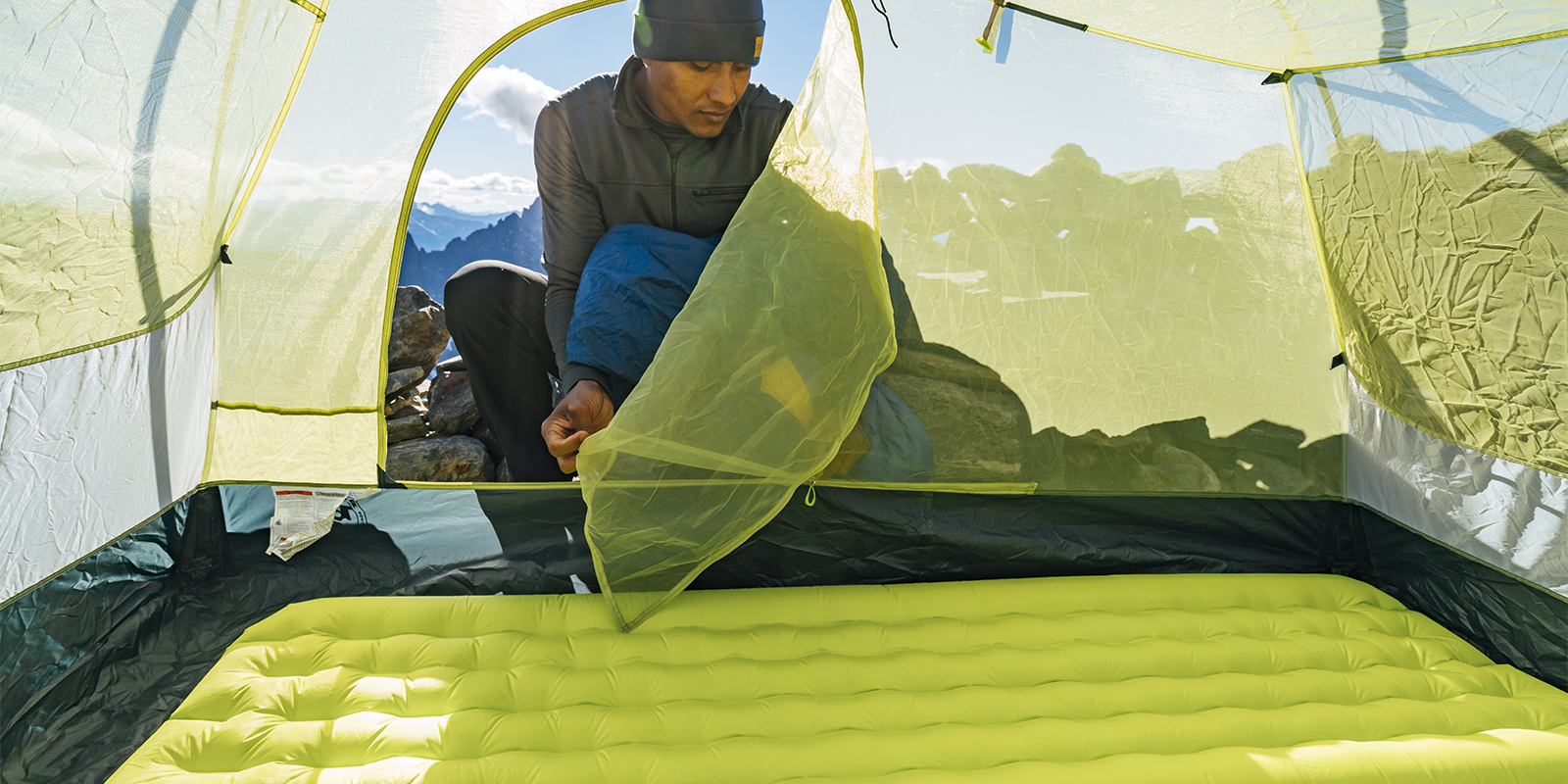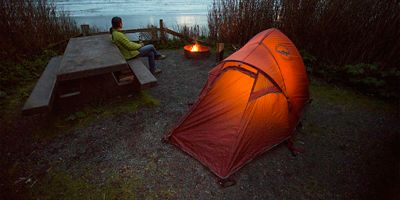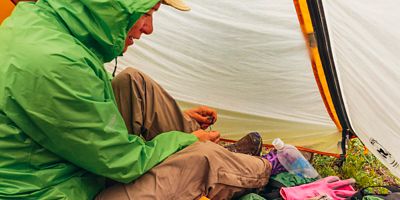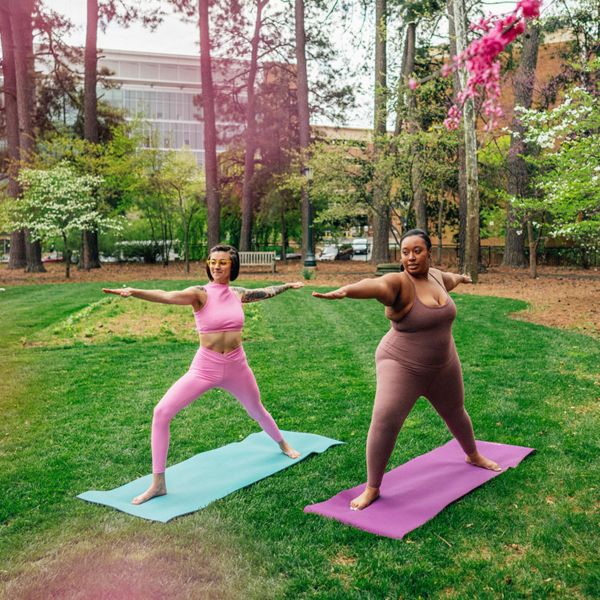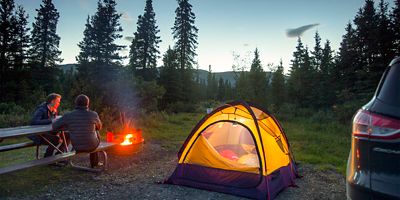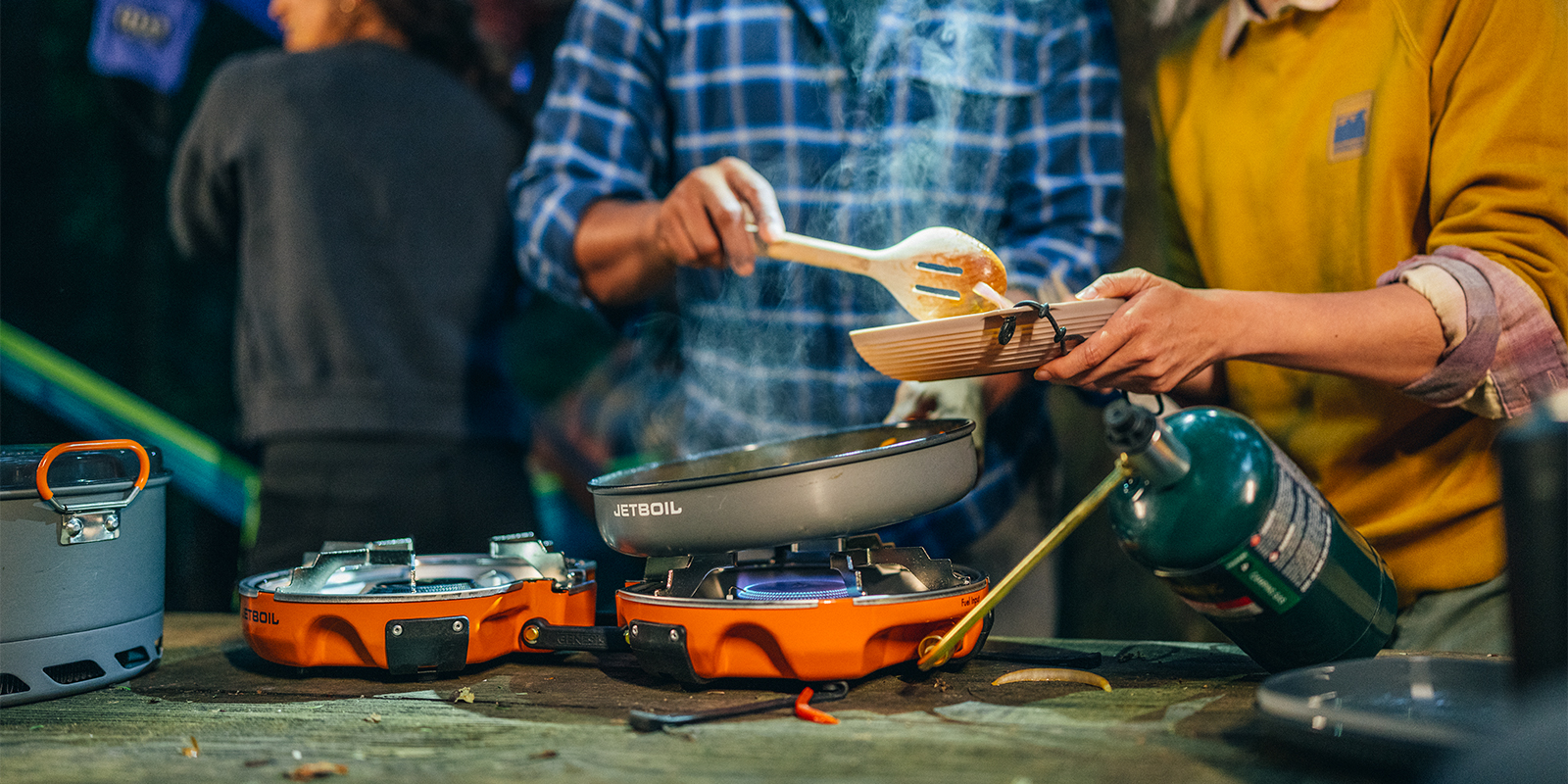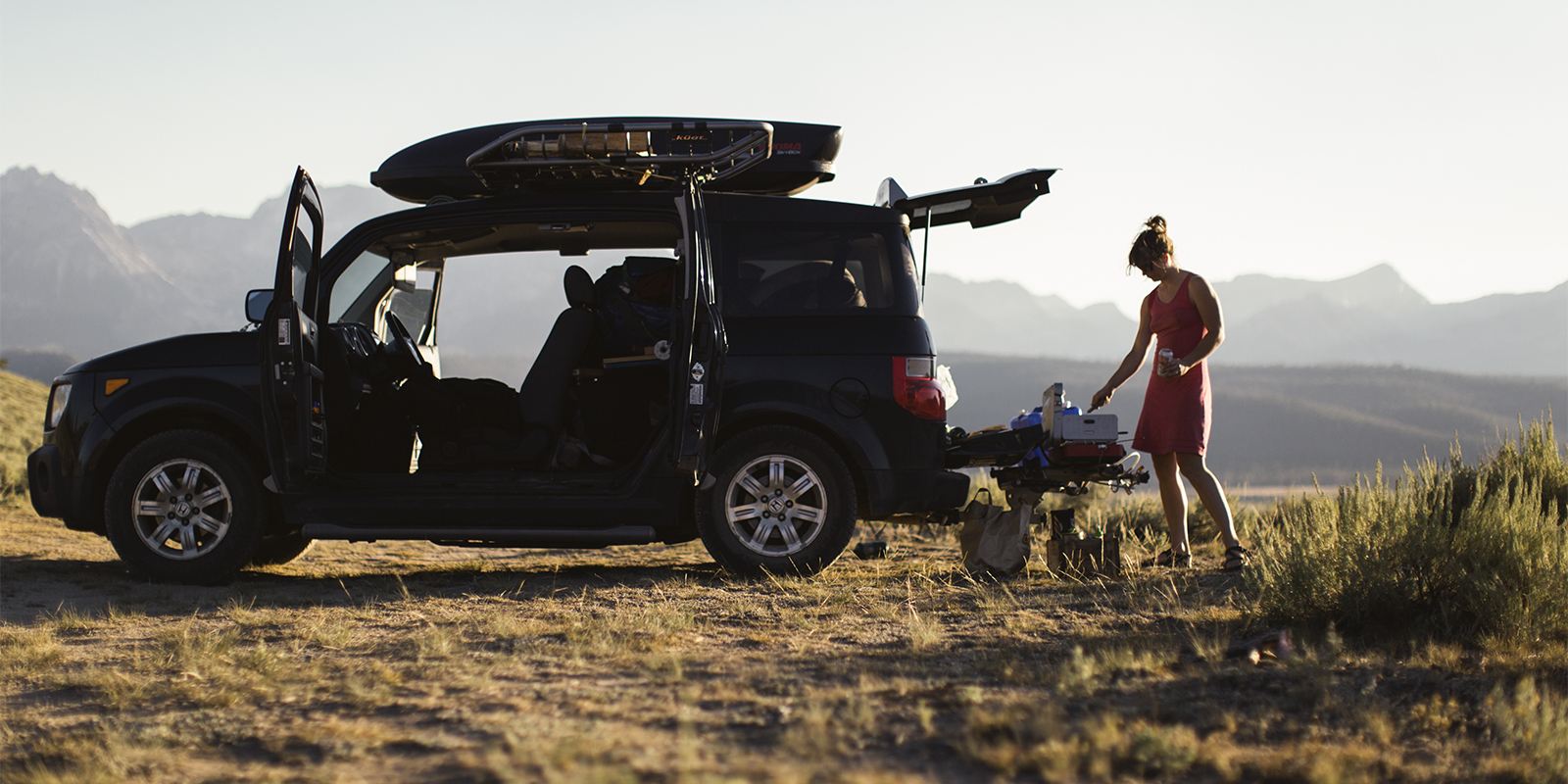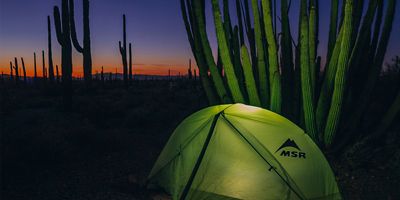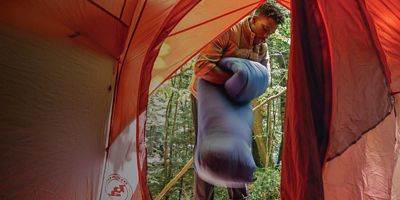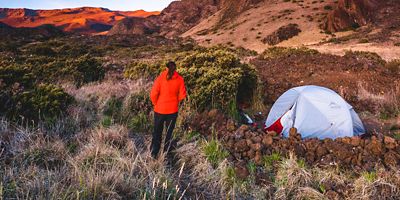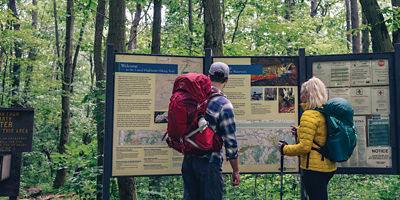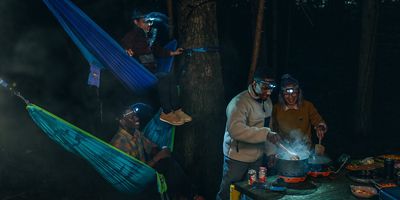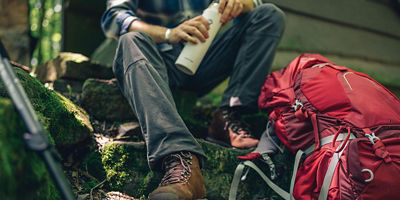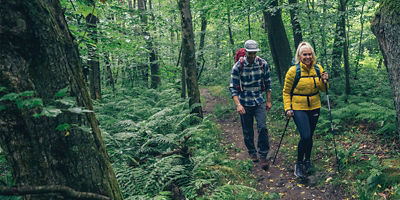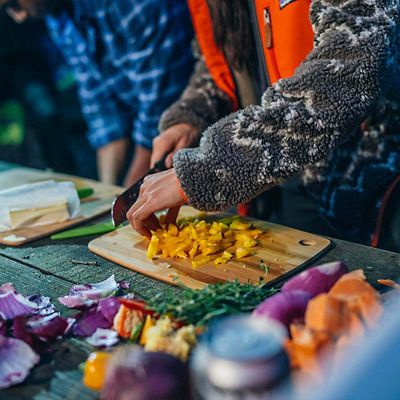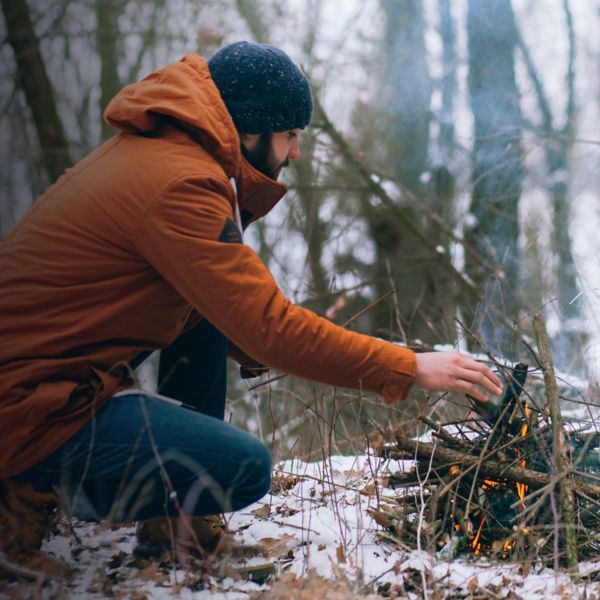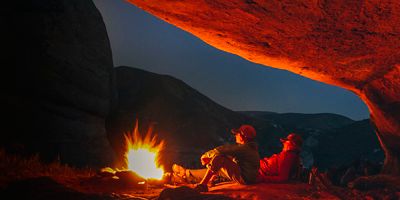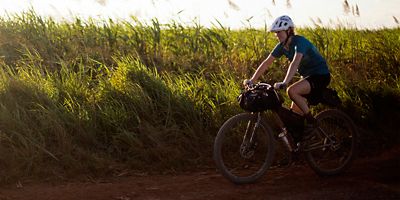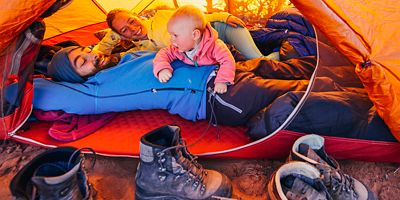It’s best to focus on the essential knots all climbers should know—there are some you’ll use every outing, and others you’ll only need during emergencies. With nothing more than a bit of rope or cord, you can do everything from simply tying in to building elaborate self-rescue systems. The trick? Actually knowing those knots—and understanding when to use them.
Where to Get Started
Climbing gyms are among the best places to start building your repertoire of climbing knots. Aside from belay clinics, many gyms provide anchor-building stations and other staging areas. These are amazing tools for simulating outdoor scenarios and practicing knots.
Before you climb outside on your own, we recommend going a step further: Take a gym-to-crag clinic with a local gear shop or climbing gym, or enroll in an anchor-building course with an accredited guide service. Self-rescue clinics, also hosted by guide services or gear shops, are invaluable as well.
The Importance of Climbing Knot Safety Checks
In 1989, Lynn Hill, one of the greatest climbers of all time, reached the top of a route, sat back into her harness—and fell nearly 70 feet. The cause: An incomplete knot. Hill made a mistake anyone can make, regardless of experience level. She had begun to tie the rope to her harness with a figure-eight knot, but got distracted before finishing. When she weighted the incomplete knot, it worked itself loose.
Fortunately, Hill fell into a tree and survived. But this story has become a famous case study because it highlights the importance of partner safety checks. Ask your partner to double-check your knots whenever possible. Your knots should always:
- Be correctly tied
- Be well-dressed (neatly organized and tightened)
- Have the prescribed amount of “tail,” or free rope extending from the end of the knot to act as extra safety margin (this varies by knot)
Why Practice Matters
When it comes to learning knots, there’s simply no substitute for hands-on practice and repetition. For some knots, you’ll get that repetition simply from having to tie them every time you climb. But it’s just as important to practice more obscure knots—like the Münter hitch or mule overhand—on a regular basis. That’s because these knots are critical to self-rescue, and it’s best to commit these knots to muscle memory before a crisis.




